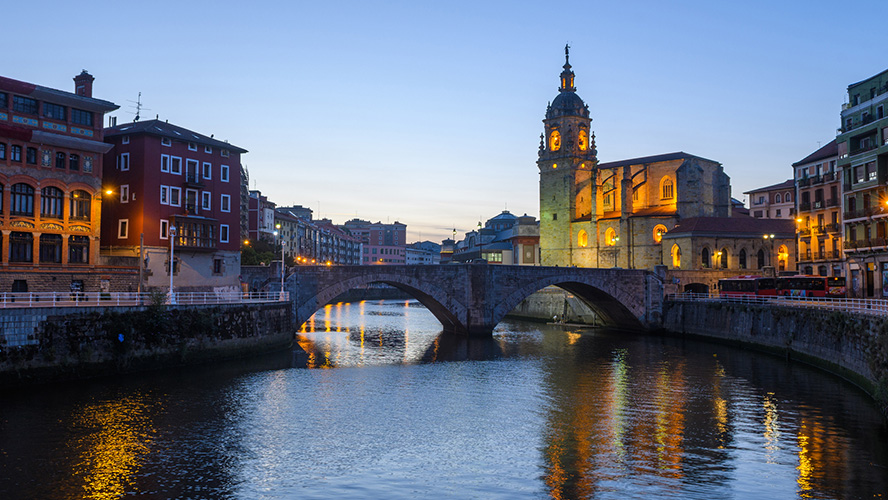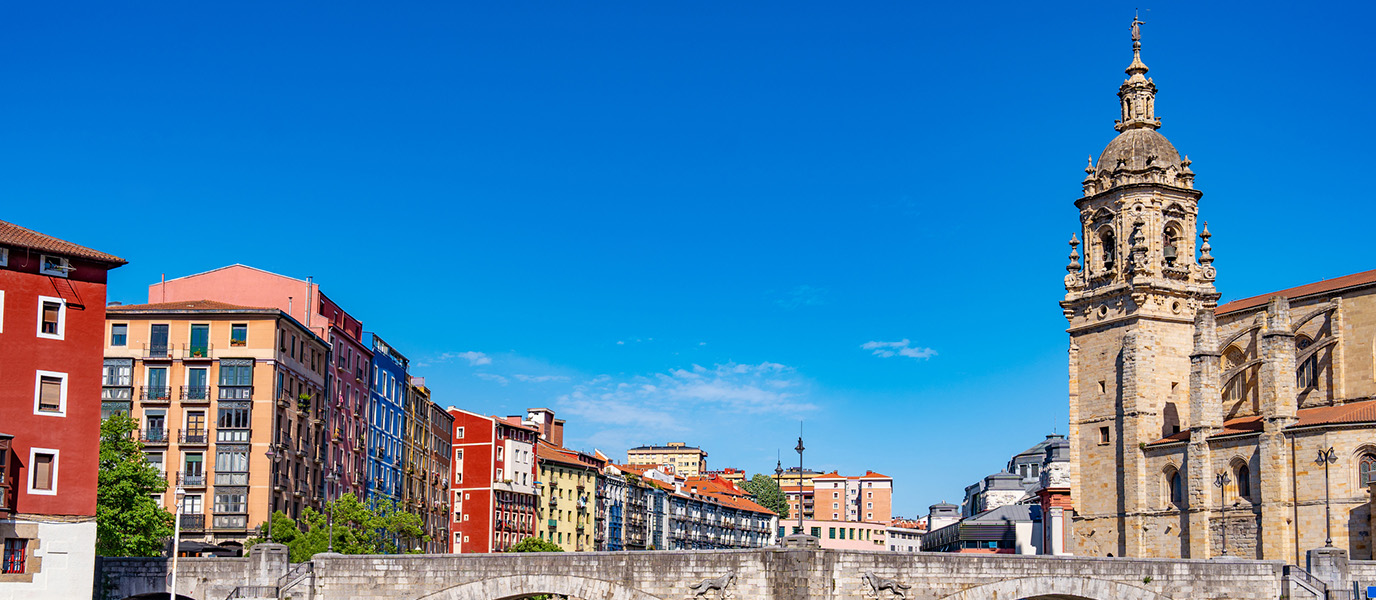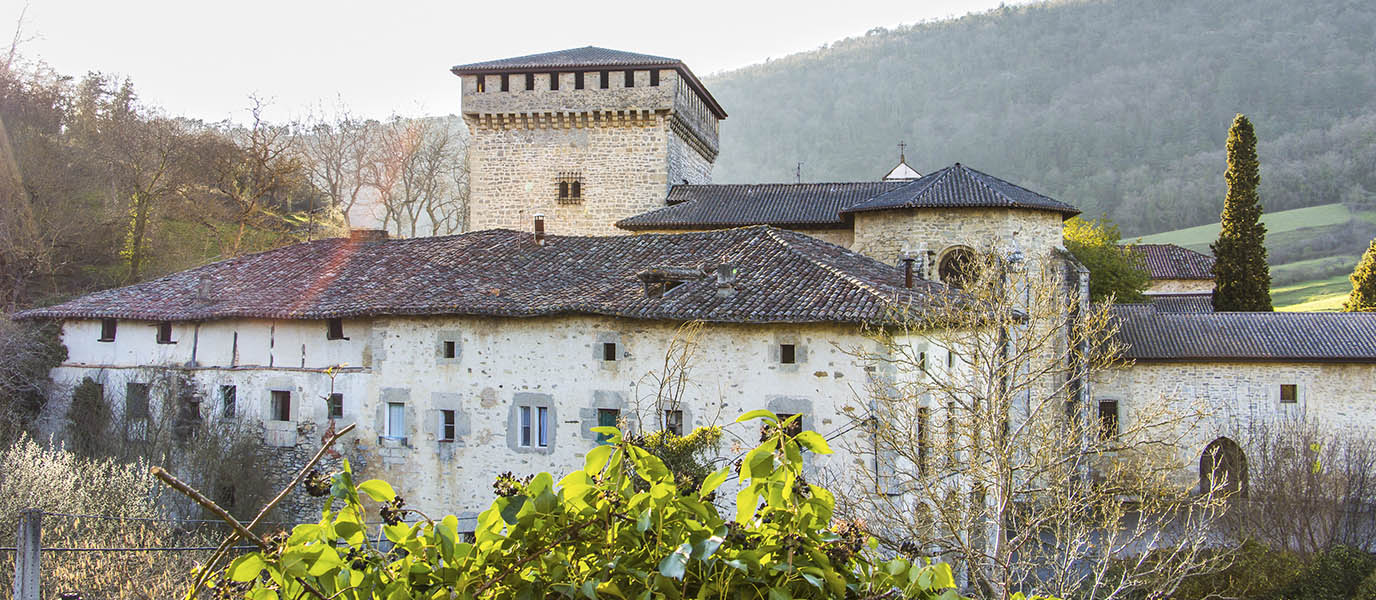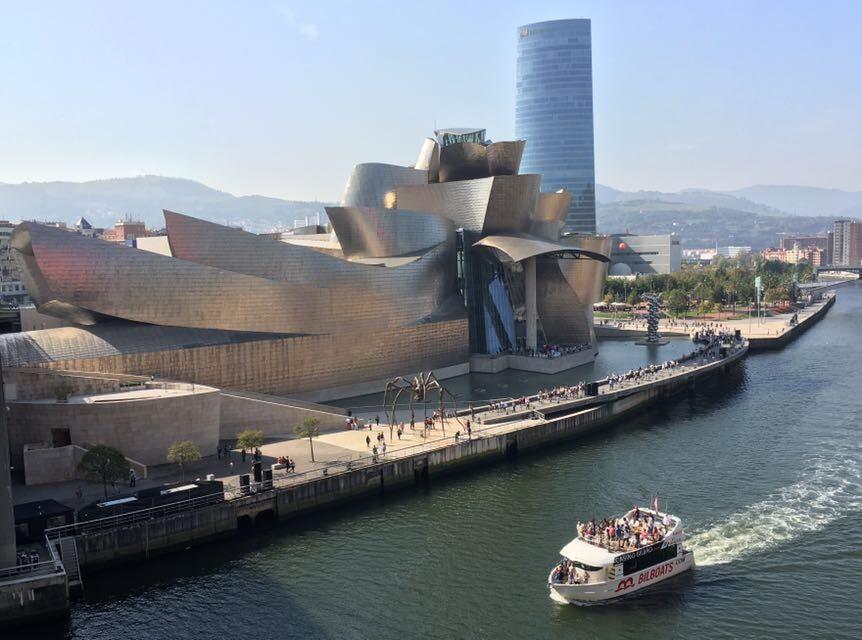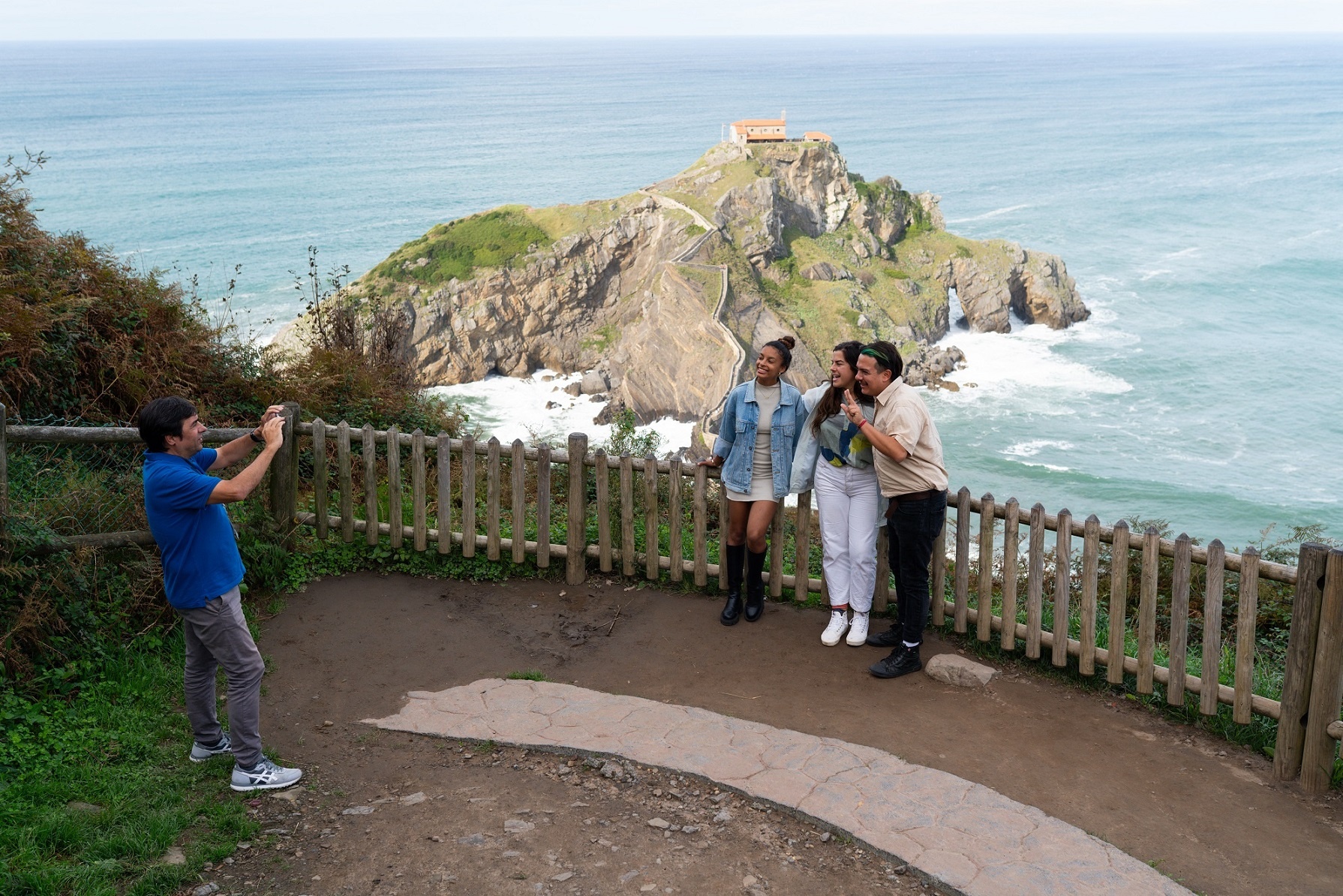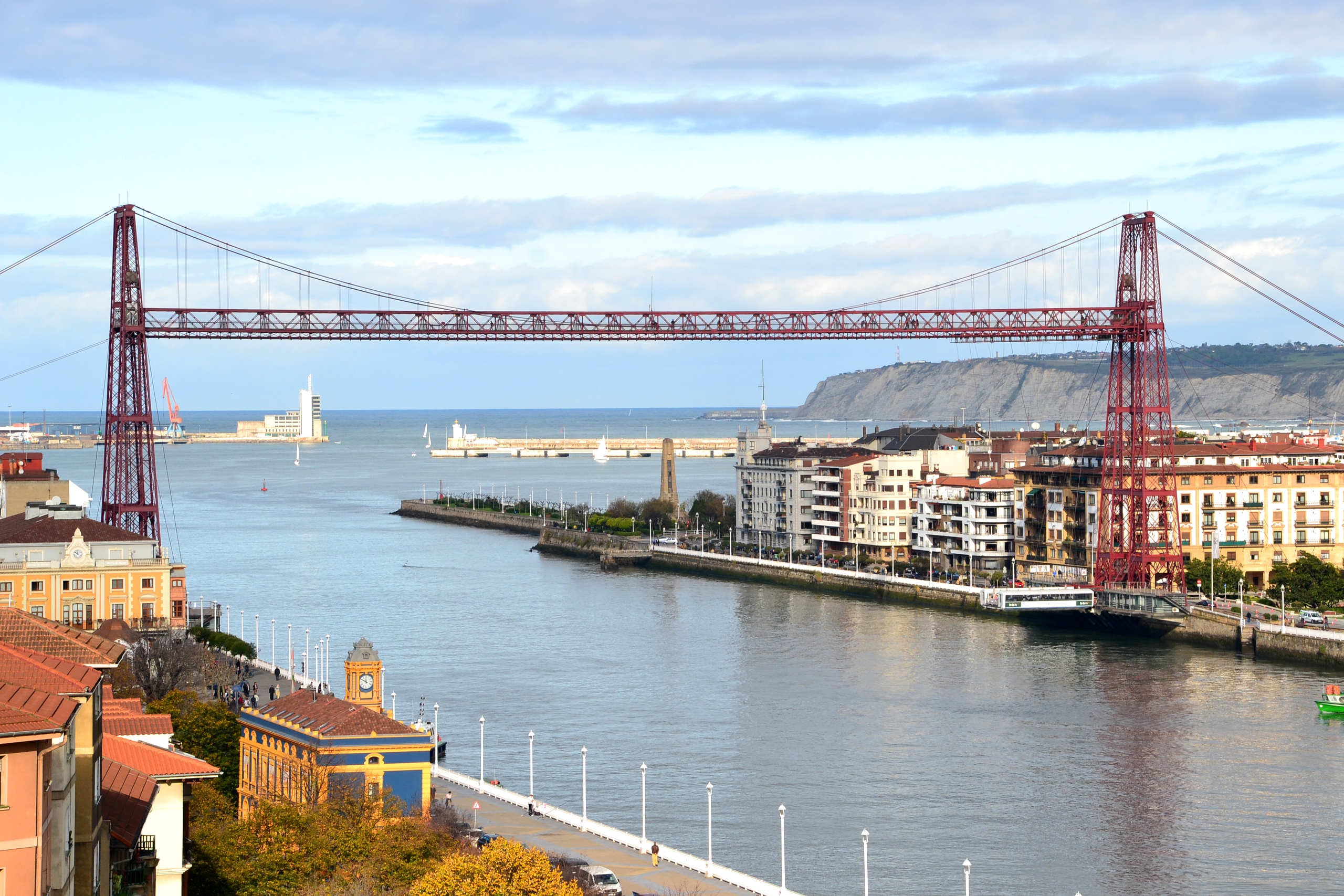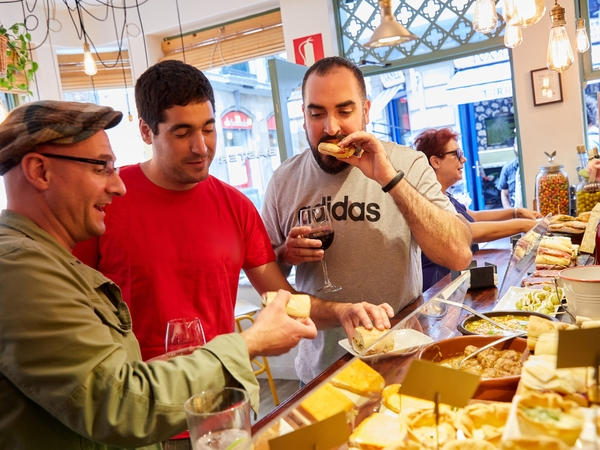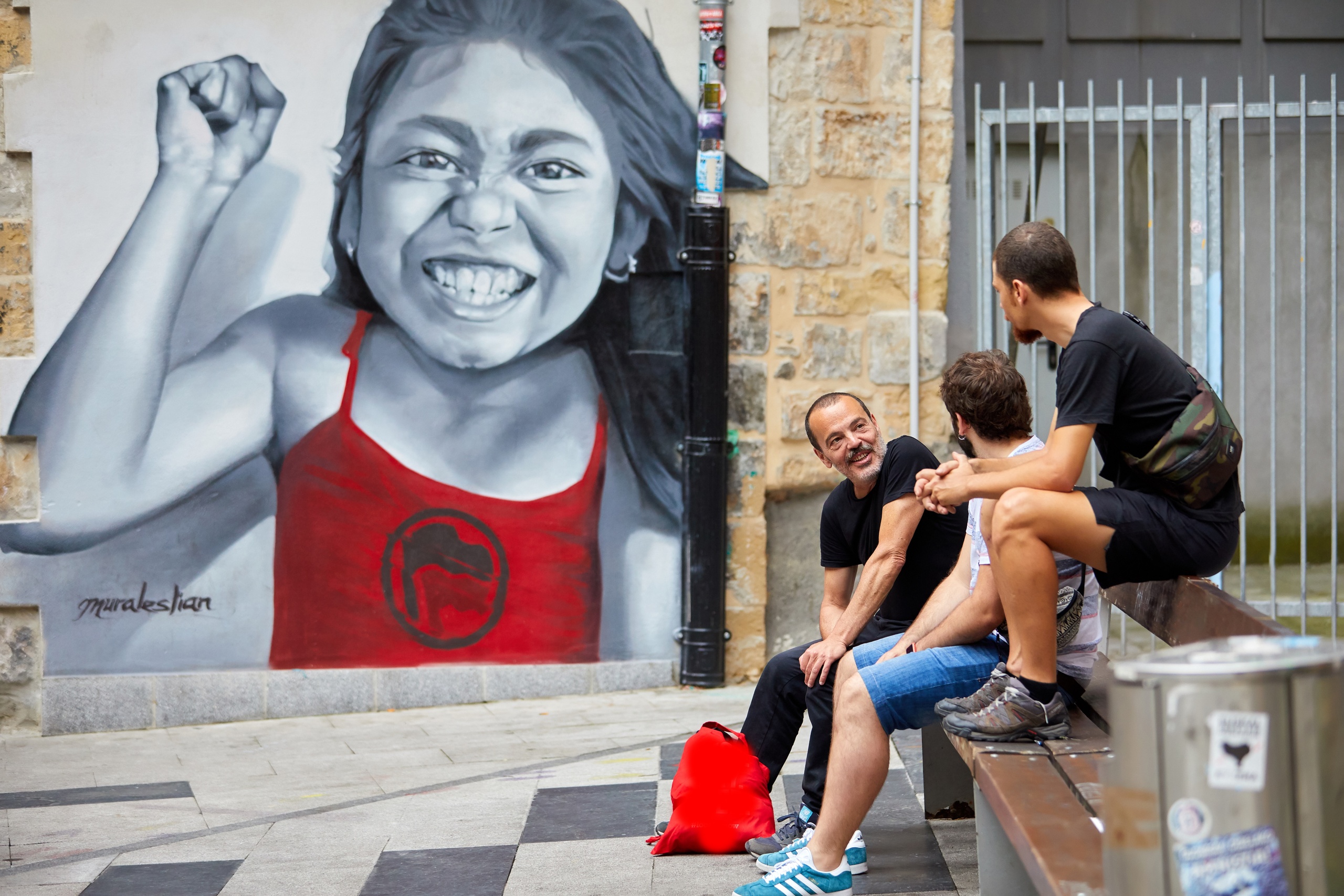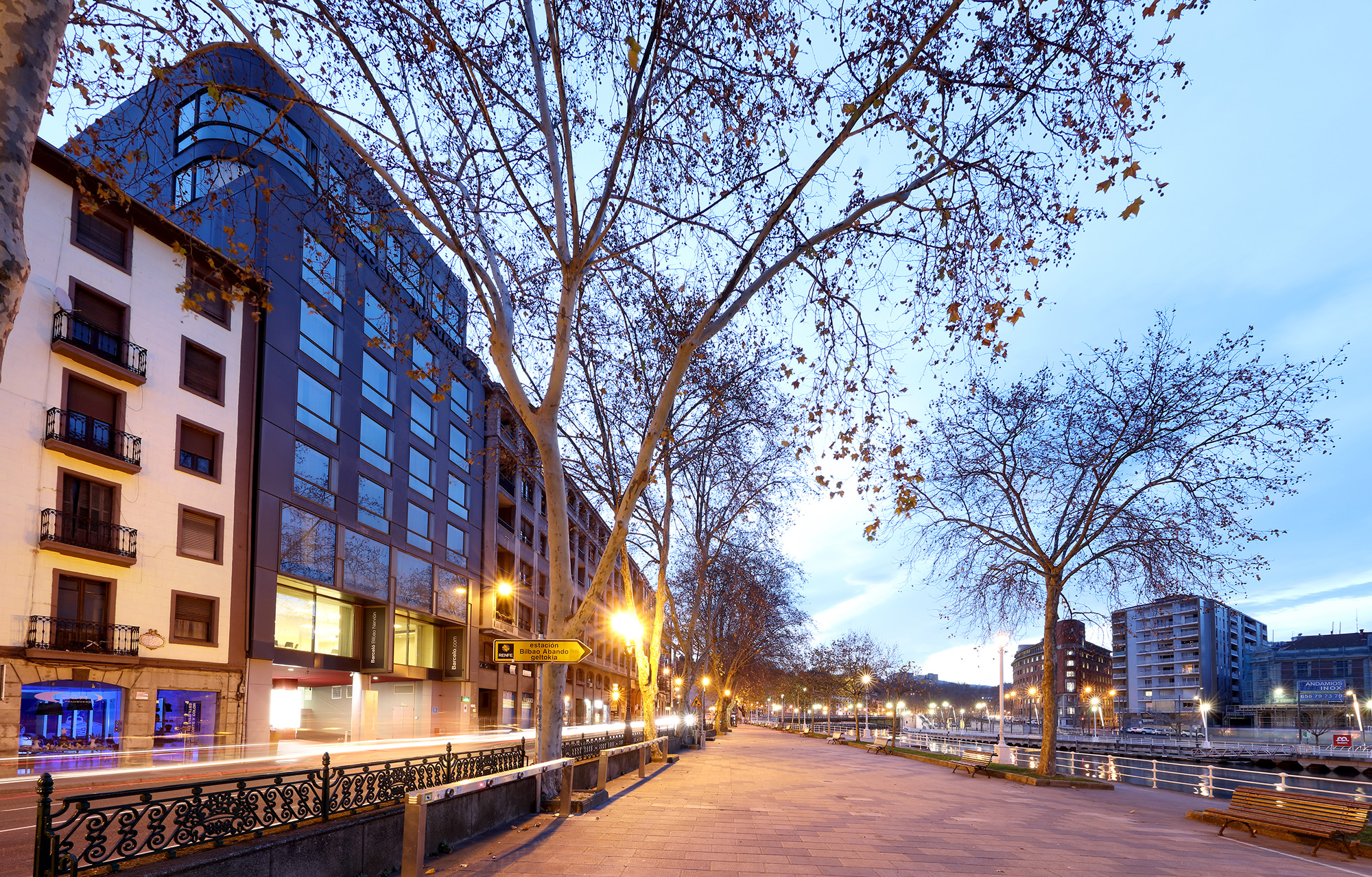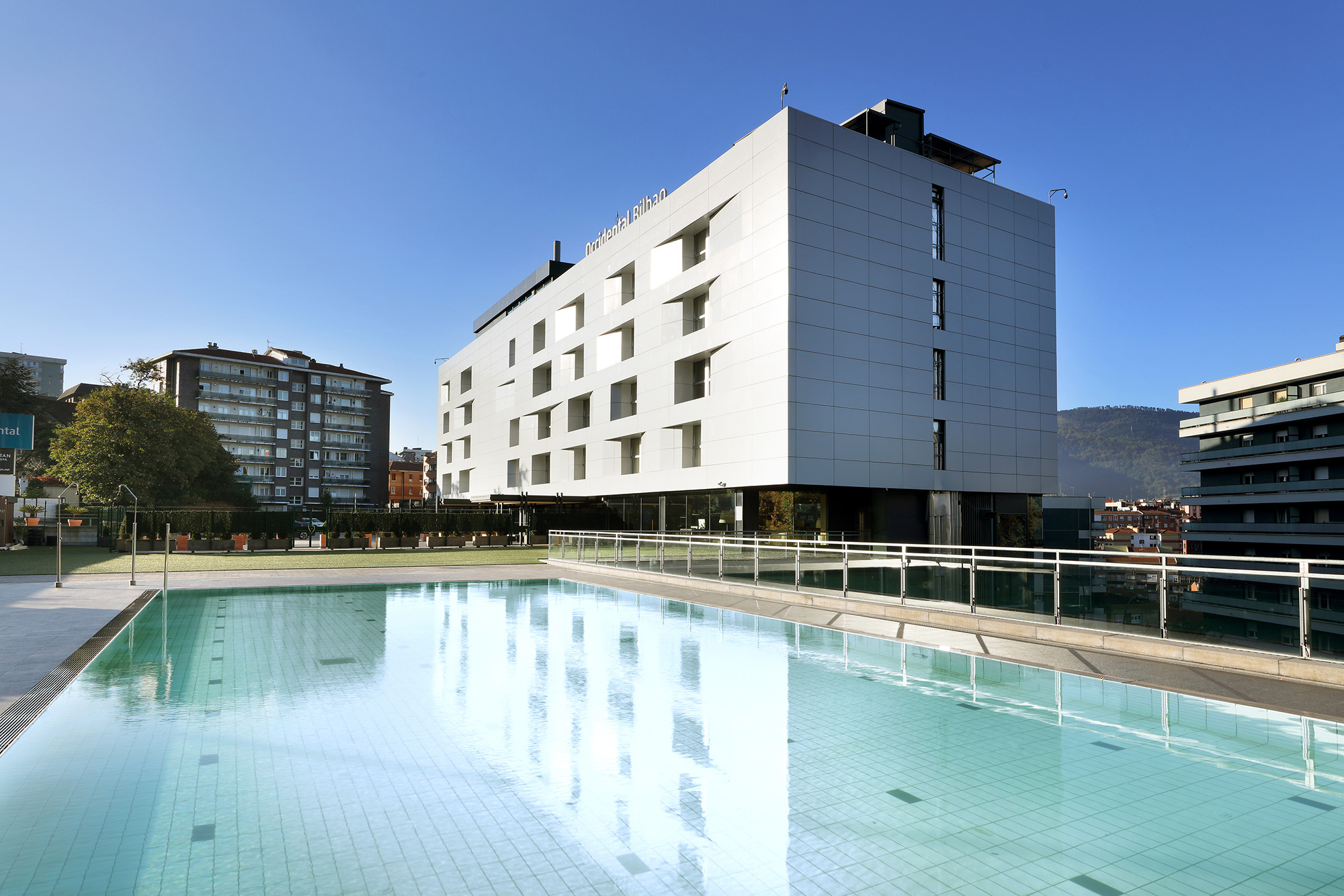On the site once occupied by Plaza Vieja de Bilbao, the quintessential gateway from the river to the mythical Casco Viejo quarter, is the Church of San Antón—officially San Antonio Abad. This symbol of the Basque capital, as its depiction on the city’s emblem attests to, was built in 1468 to meet the spiritual needs of a community undergoing constant progress. Since then, the economic and social life of the city has revolved around this silent witness, whose nooks and corners today offer the astute visitor a rich collection of stories from seven centuries of history. Employing its interior as a cemetery and its balcony as an executive box seat for watching bullfighting, the church has played host on numerous occasions to festivities and public events, without ever forgetting its fundamental religious vocation. Perhaps to compensate for the destruction of its furnishings during the catastrophic floods of 1983, the Church of San Antón was recognised, in 1983, as a Cultural Heritage Site with National Historic-Artistic Monument status.
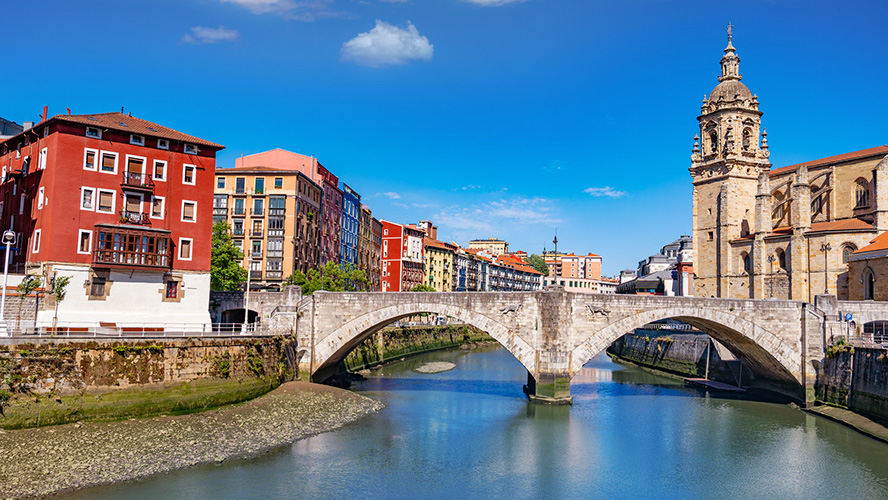
Before the church was built
Level with the river, where the Church of San Antón stands was, even before the town was founded in 1300, a ford that served as an anchorage for boats and an entry point for incoming freight from Castile. This modest commercial settlement, which was to soon benefit from the construction of the first bridge in Bilbao, San Antón bridge, was where it all began. Recent archaeological excavations have proved that before the church in question was built it was the site of various constructions, reaffirming yet more its status as the heart of Bilbao. Remains of slate-roofed stone buildings from the twelfth century of unknown function preceded a market or warehouse for river freight that was active until the early fourteenth century. Then it was the turn of the Alcázar and the wall that King Alfonso XI of Castile ordered to be built after Bilbao was granted a municipal charter, which recognised it as a town. The Siete Calles began to form and Bilbao became the economic powerhouse of Biscay.
Although the Alcázar was replaced with a primitive church after the first half of the fourteenth century, it wasn’t until 1468 when it was expanded into what we know today as the Church of San Antón.
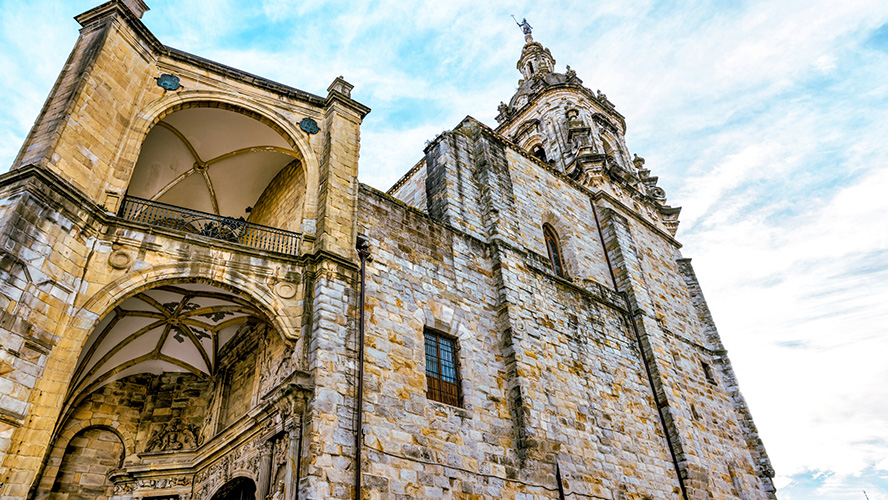
When the church was a cemetery and other oddities
Ever since it was built, the church has been the subject of numerous repairs, extensions, reconstructions and changes in functionality. Built in a distinct Gothic style, work was completed in 1544 on its fantastical Renaissance façade—located on the northern side—which emphasises the mysterious air surrounding the church. The bell tower is another feature that clashes with the building’s general Gothic feel. Built in 1775 in Baroque style by Juan de Iturburu, the original weather vane can still be seen today on the top of its tower, carved as an allegory of the unshakeable Christian faith. The most recent additions date back to 1902 and include the portico, the offices and the sacristy, built in a distinct neo-Gothic style.
Once inside, visitors are spellbound by the floor’s intriguing design, decorated with numerous black geometric shapes. Originally from the cemetery that the church housed from when it was built to the nineteenth century, the flat slabs were reused as flagstone flooring in 1726 during significant restructuring work. However, that’s not all. Another vestige of the cemetery is found in the ossuary, situated underneath the short staircase that leads to the choir, which amasses the bones extracted from the tombs, under the sculpted gaze of Saints Cosmas and Damian.
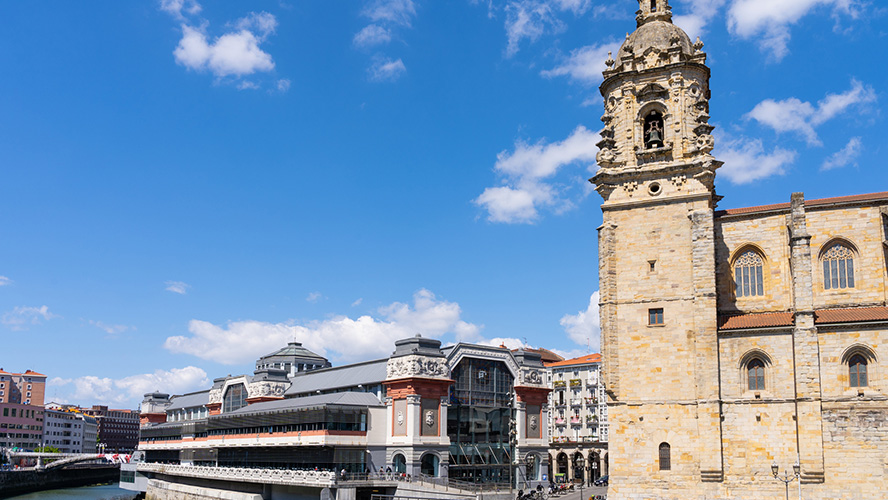
Finally, it is worth highlighting the striking triforium that, much like in other Basque Gothic churches such as the Cathedral of Santiago or the Basilica of Portugalete, encircles the whole of the building’s perimeter in the form of an open gallery. You would be led to think that it is through this corridor, situated on the second floor, from which you can access the San Antón balcony, which rests upon the church’s main portico. However, that is far from the case. The balcony has a door, but it is only accessibly by lumbering across the roofs. Having once belonged to the old City Council of Bilbao, annex to the church when it was still in existence, high-ranking individuals of the period would watch events taking place on the now disappeared Plaza Vieja de Bilbao from the balcony. These would include bull fights and processions, as well as public executions carried out on the nearby San Antón bridge whereby a stone would be tied to the neck of the convicted person before they were thrown into the water.
Underground passageways in the Church of San Antón
Mentioning the certain air of mystery surrounding the church was not without good reason. Few are aware that one of the doors situated on one side of the Santa Lucía chapel—one of three that the church has—leads down a set of stairs that we soon discover have been bricked up. At one time the chapel belonged to the Leguizamón family and many suspect that the door connected directly to their home, Casa-Torre de Somera, via several passageways. Others, conversely, believe it communicated with the nearby City Council, as a means for the nobles to avoid contact with the plebs when coming and going to private masses and other political events.
